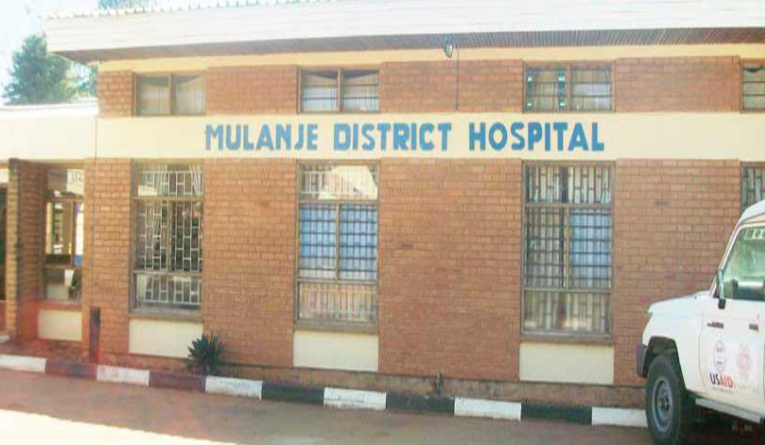The District ART Coordinator for Mulanje Kondwani Chikoti says that all ART sites in the district are doing well in retaining those in care except for health facilities bordering Mozambique. He made the revelation on 8 October, 2021 at a meeting aimed at sharing updates on performance of efforts to reducing defaulter rates and increasing coverage of Cervical Cancer screening organized by the Network of Journalists Living with HIV (JONEHA) in Salima.
Using a graph taken from the district’s April to June 2021 report showing all 28 ART sites, Chikoti highlighted Kambenje Health Centre with a defaulter rate of 6.5%, Muloza Health Centre 5.8%, Chinyama Health Centre 7% and Minimini Dispensary 5.5% as sites with higher defaulter rates. According to the graph most of the other facilities in the district recorded a very low defaulter rate of less than 2%.
The District Coordinator attributed the higher defaulter rate for Chinyama and Muloza Health Centres to cross border issues between Malawi and Mozambique. He pointed out that it was largely due to lost to follow-up. For Kambenje he suspected clients that are coming from the bordering district of Phalombe while for Minimini Dispensary he concluded that staff turnover at the tea estate contributed highly to the defaulter rate. “Some facilities are so close to Mozambique border hence chances of lost to follow. They come disguised as if they are coming from the surrounding Malawian areas but when we try to follow them up we learn that they are from Mozambique,” said Chikoti.
JONEHA with funding from Bill and Melinda Gates Foundation through AVAC under the COMPASS Project is running a Community Led Monitoring (CLM) project which is targeting 5 of the 11 PEPFAR scale up districts -Mulanje, Mangochi, Chiradzulu, Mzimba South and Phalombe.
The report by the District Coordinator is in agreement with the findings of Community Led Monitoring (CLM) held on 13 October 2020. The findings were reported by the trained District Monitoring Evaluation Committees (DMEC) that had earlier identified cross border issue in Mulanje among other factors as contributing to high defaulter rate. CLM aims at identifying high defaulter rates for addressing towards improving ART retention and adherence for achieving undetectable viral loads.
The overall objective of the Malawi National Strategic Plan for HIV and AIDS 2020-2025 is to reduce new HIV infections from 33,00 in 2019 to 11,000 by 2025 and reduce HIV and AIDS related morbidity and mortality. Retention in care is one of the challenges affecting realization of epidemic control in Malawi. According to June 2021 National Program report 986, 559 people are living with HIV in Malawi and 878, 232 are alive on ART representing 92%.

